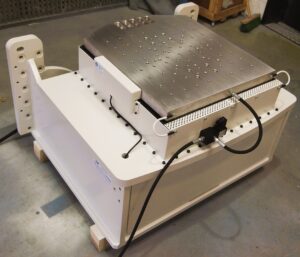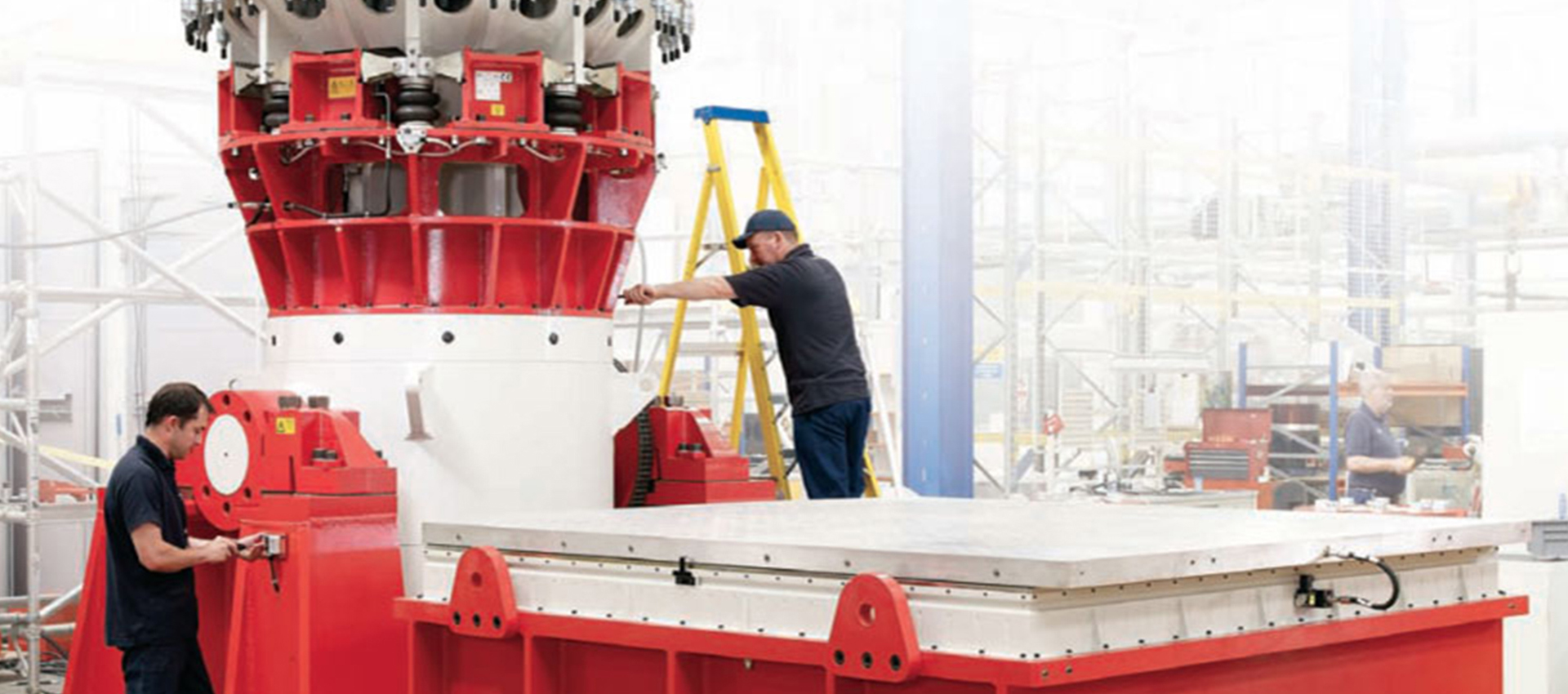Vibration Test
Benefits of magnesium AZ31B tooling plate for vibration testing
Low density
Magnesium AZ31B has a low density of 1.8 grams per cubic centimeter, which makes it lightweight and easy to handle. This is important for vibration test fixtures, which need to be strong and stiff but also lightweight to avoid adding mass to the test system.
High damping capacity
Magnesium AZ31B has a high damping capacity, which means that it can absorb and dissipate energy from vibration. This helps to reduce the resonant response of the fixture and improve the accuracy of the test results.
High strength
Magnesium AZ31B is a strong and stiff material, even at high temperatures and frequencies. This makes it ideal for vibration test fixtures that need to withstand high levels of vibration and shock.
Good machinability
AZ31 is one of the fastest free-machining metals, which makes it possible to create complex fixture designs in record time. One average, magnesium machines 2x faster than aluminum, 6x faster than steel, and 7x faster than titanium.
Corrosion resistance
Magnesium AZ31B is resistant to corrosion, which is important for vibration test fixtures that may be exposed to harsh environmental conditions.
Specific damping capacity
The table below shows the specific damping capacity of various materials:
AA6061-T6
Specific damping capacity (%): 1.50
Cast irons, Ni alloys
Specific damping capacity (%): 2.50
Pure Al, Cu
Specific damping capacity (%): 3.50
Steel
Specific damping capacity (%): 4
Magnesium alloy (AZ31B)
Specific damping capacity (%): 10
Magnesium alloy (AZ31B) has a significantly higher specific damping capacity than other materials commonly used for vibration test fixtures, such as aluminum and steel. This makes it ideal for applications where high damping is required to reduce resonant response and improve the accuracy of test results.


